Preis der Nationalgalerie für junge Kunst 2011
Award Winner
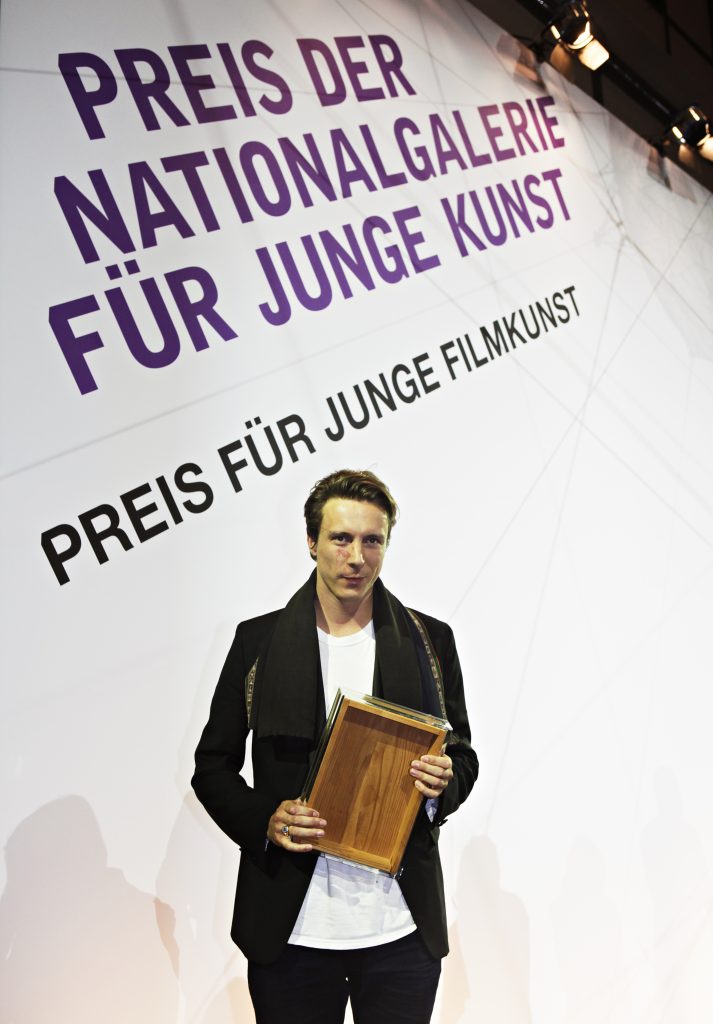
Cyprien Gaillard
(born 1980 in Paris, lives and works in Berlin)
Jury’s statement:
Cyprien Gaillard’s film Artefacts is an impressive reflection on the myth of Babylon, which by way of the reference to the war in Iraq has become especially topical. The powerful, captivating images are consciously cut into one another, resulting in a hyper-nervous, virtually hypnotic impact that draws our attention to our own cultural sensitivities. Cyprien Gaillard does not follow a documentary approach, but rather raises questions about the current state and maintenance of our cultures using the open principle of montage. The film focuses on the erosion of artifacts. The strong aesthetic form he has chosen is linked to the desire to find a tone and language that stands beyond all conventional reporting in the media and that opens other emotional spaces for our perception. Cyprien Gaillard has created a work of suggestive images where the political is inseparably linked from the cultural.
Shortlist Artists
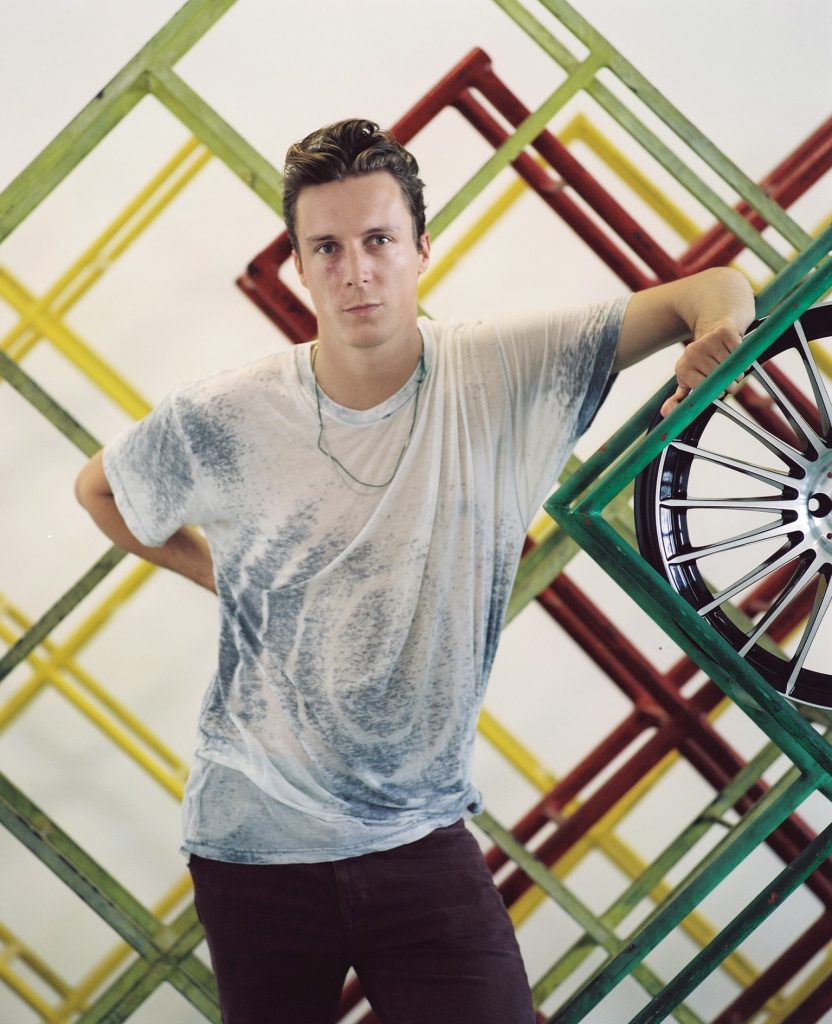
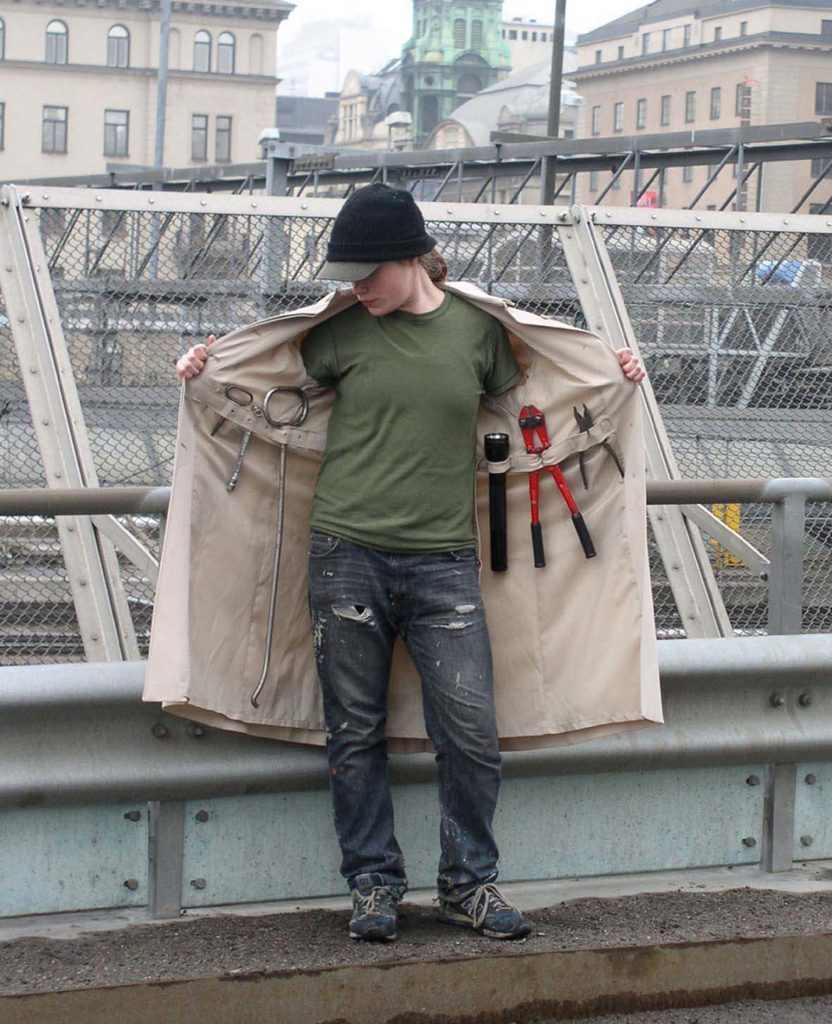
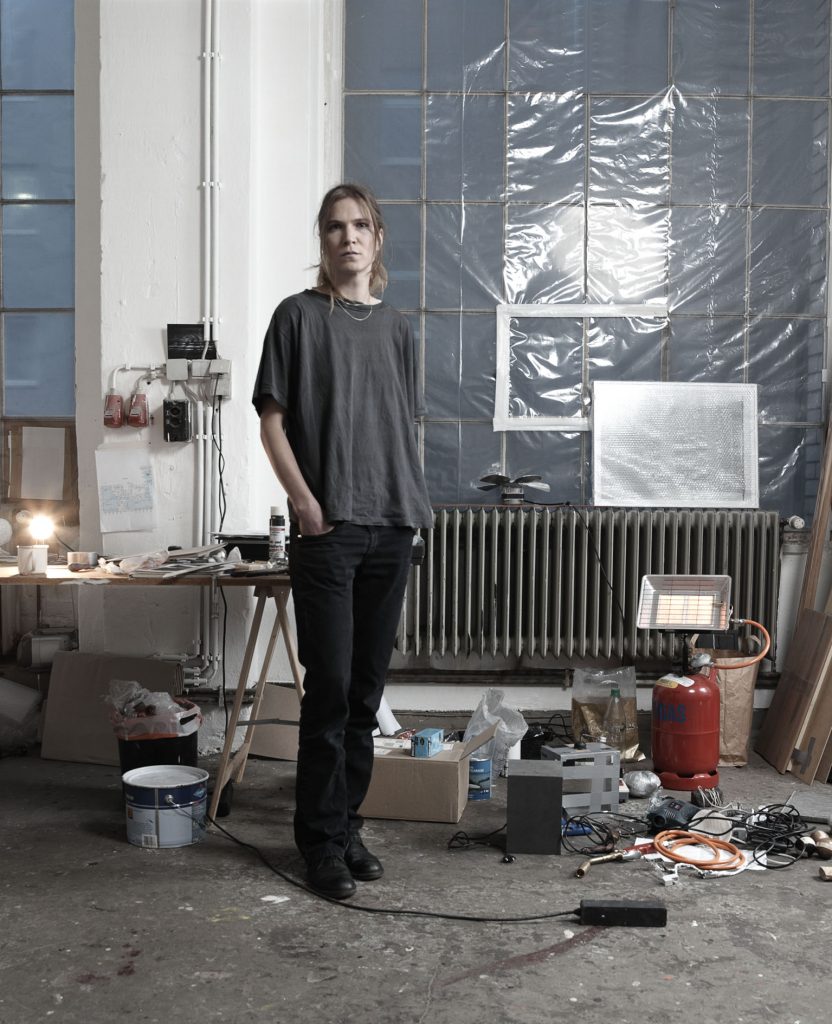
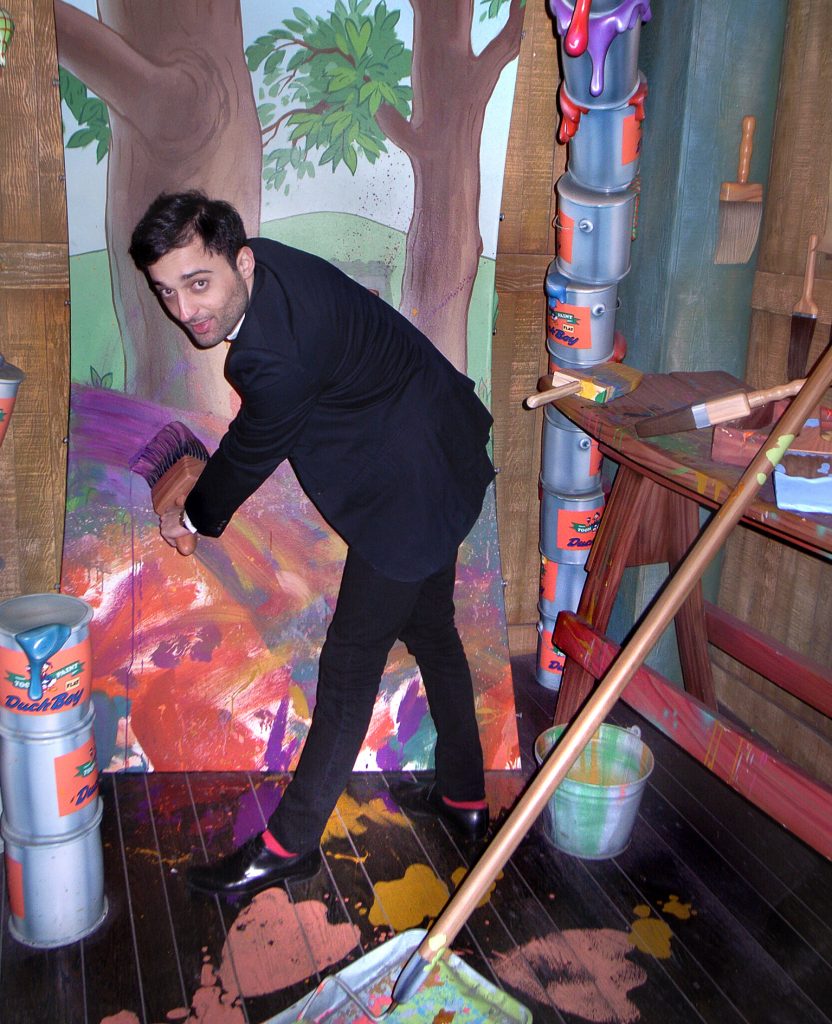
Cyprien Gaillard
Klara Lidén
Kitty Kraus
Andro Wekua
Shortlist Exhibition
September 9, 2011 – January 8, 2012
Hamburger Bahnhof – Museum für Gegenwart – Berlin
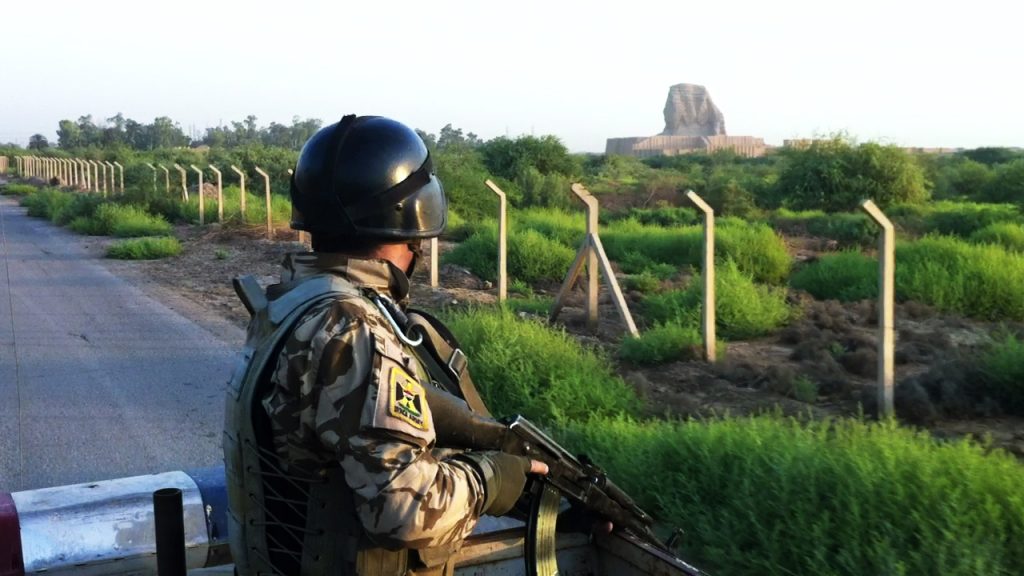
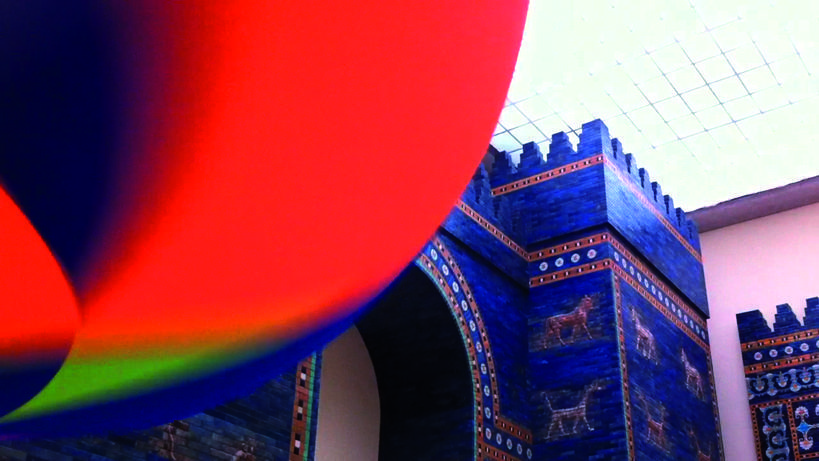
Disintegration and decay follow from every cultural transformation, for every such upheaval is associated with a departure from the past. Cyprien Gaillard has highlighted this nexus in his photographs, films, and collages produced to date with reference to a number of different cultures which are today experiencing massive change, and hence equally striking manifestations of disintegration. It is no coincidence that he turns now in his latest film – produced for the Preis der Nationalgalerie – to the city of Babylon, which is to say: the oldest city of mankind whose disintegration has lasted already for millennia, and whose authentic relics are distributed among a number of great museums throughout the world. Filmic images of the historic Ishtar Gate in Berlin are intimately associated with shots taken on location in Iraq, a country that has been profoundly marked by war. In his images, the artist deliberately avoids making distinctions between abandoned cultic sites in the desert and new buildings or construction sites in contemporary Iraq. From his perspective, all of these objects are treated as finds of equal value, namely as “artefacts,” which is to say: as traces left behind by human beings which – as in classical archaeology – allow us to make inferences about a culture and its way of life. Also referred to as “Artefacts” – the word also furnishes the film with its title – in the termini technici of film and photography are such production defects as color faults, defective resolution, image noise, etc. Precisely such “defects” are also characteristic of Gaillard’s images. “Artefacts” was filmed using an iPhone, and only later copied onto the analog and highquality 35mm cinematic format. The projection emphasizes this anachronism, along with the fragility of the cinematic material itself, which wears out and frays over a period of months through its projection as an endless loop. The perpetually repeated musical accompaniment – a brief excerpt from the “Babylon” songs of David Grey from the 1990s – underscores the artistic principal underlying this cinematic collage. The work should be regarded less as a documentary than as associative in character: as a multilayered reflection on processes of cultural erosion.
Kitty Kraus has created a pair of kinetic sculptures for the Preis der Nationalgalerie. Her material point of departure consists of handlebars from shopping carts. As isolated objects, and even more so when gripped in the hand, these heavy bars radiate power and even a certain brutality. Motors rotate the bars, heightening their potential for danger. The movements themselves extend all the way to the incalculable, the chaotic, at the same time assuming monotone, almost random traits through continuous repetition. With supermarket names like “Plus” and “Norma(l),” concepts come into play which go beyond the world of shopping, refering to modern capitalist society. The whizzing rotation of the rods may be interpreted as the undertone of a society that is perpetually in motion, and which has attained an even more accelerated tempo through the latest telecommunications media. And it is precisely invisibility that characterizes the glass works of Kitty Kraus: at first glance, one perceives the space rather than the glass objects on display; we discover the reflections appearing on their surfaces even before the precise dimensions of these transparent objects become recognizable. In this sense, they go against the grain of today’s everyday culture, oriented so strongly toward the purely “visual”. With her glass works, Kitty Kraus calls attention to more penetrating, abstract perceptual processes, including the ever growing desire for transparency on the part of society. Kitty Kraus subjects her glass objects to powerful tension, bending them – as with the 6-meter sheet for the Preis der Nationalgalerie – right up to the limit, so that once again, an element of danger is present in space. The specific forms of these glass works are derived from the human figure, and hence refer schematically to the respective beholder. All of Kitty Kraus’s works, finally, are profoundly humanistic; they allude to the finitude and fragility of human life.
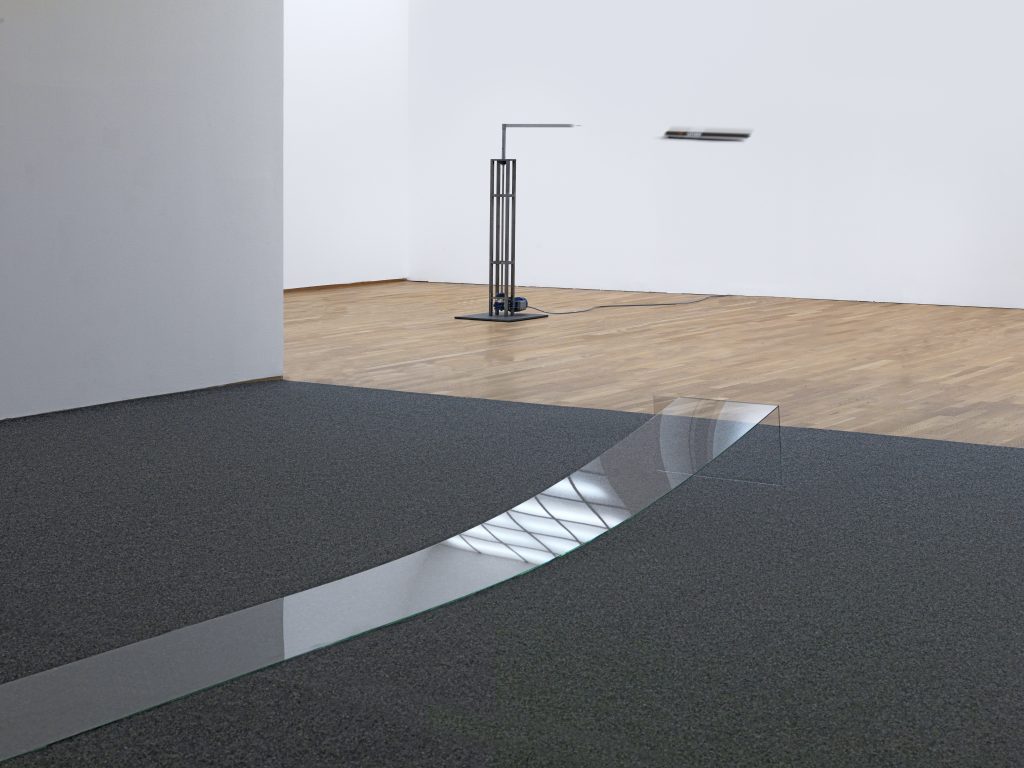
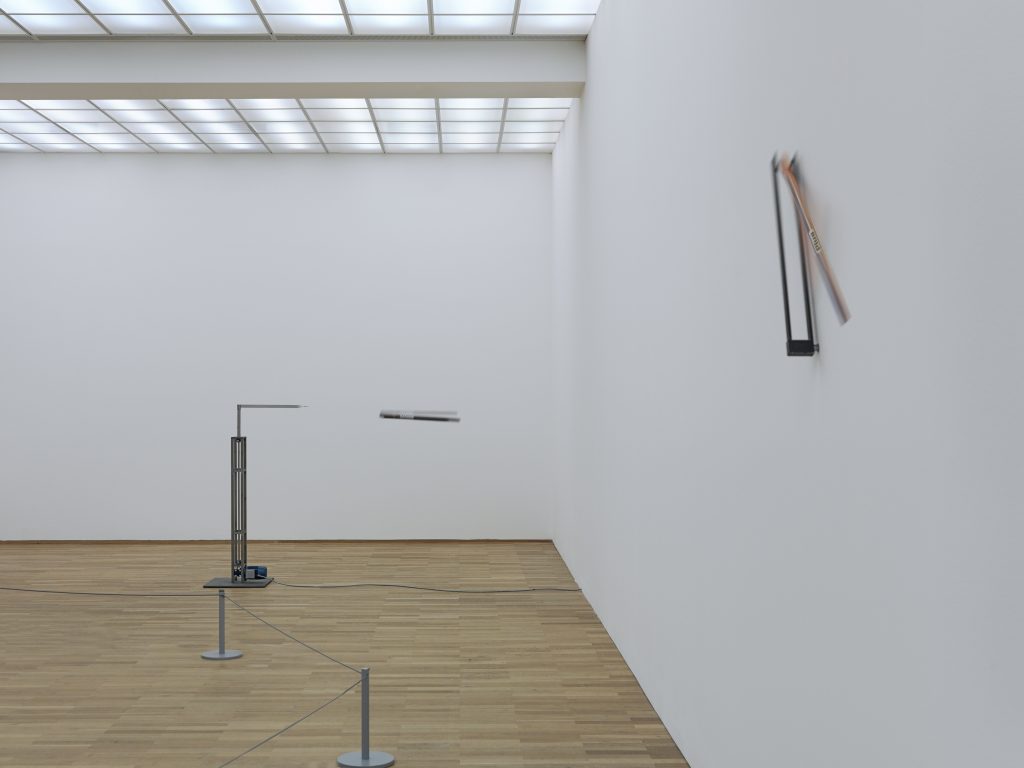
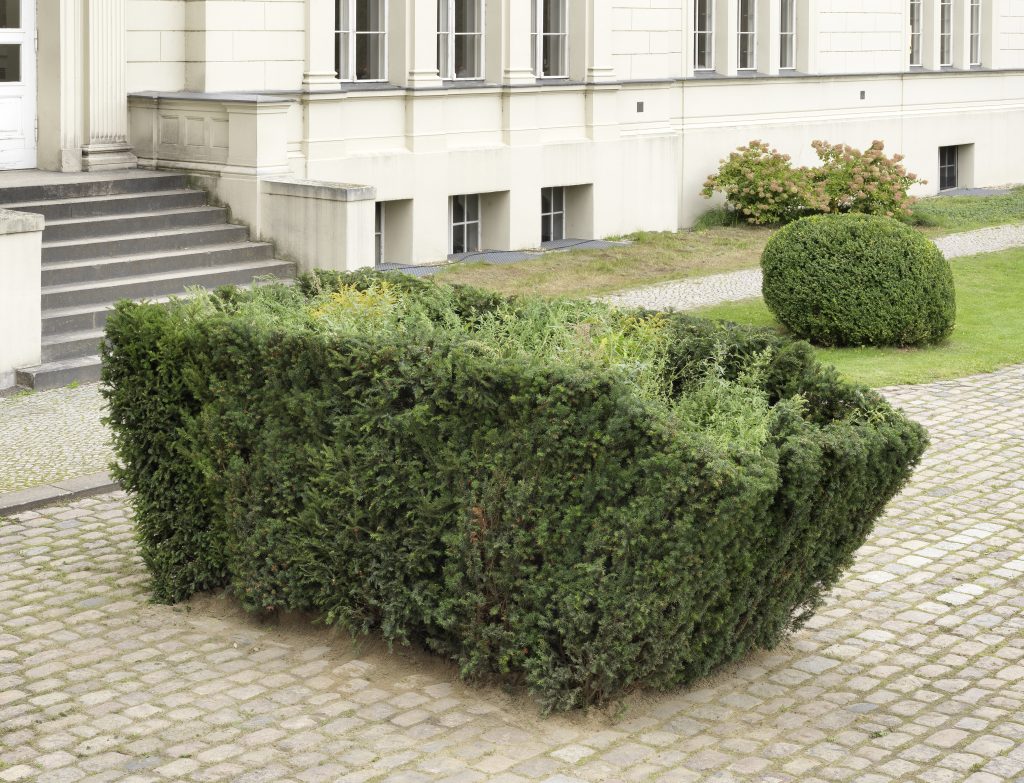
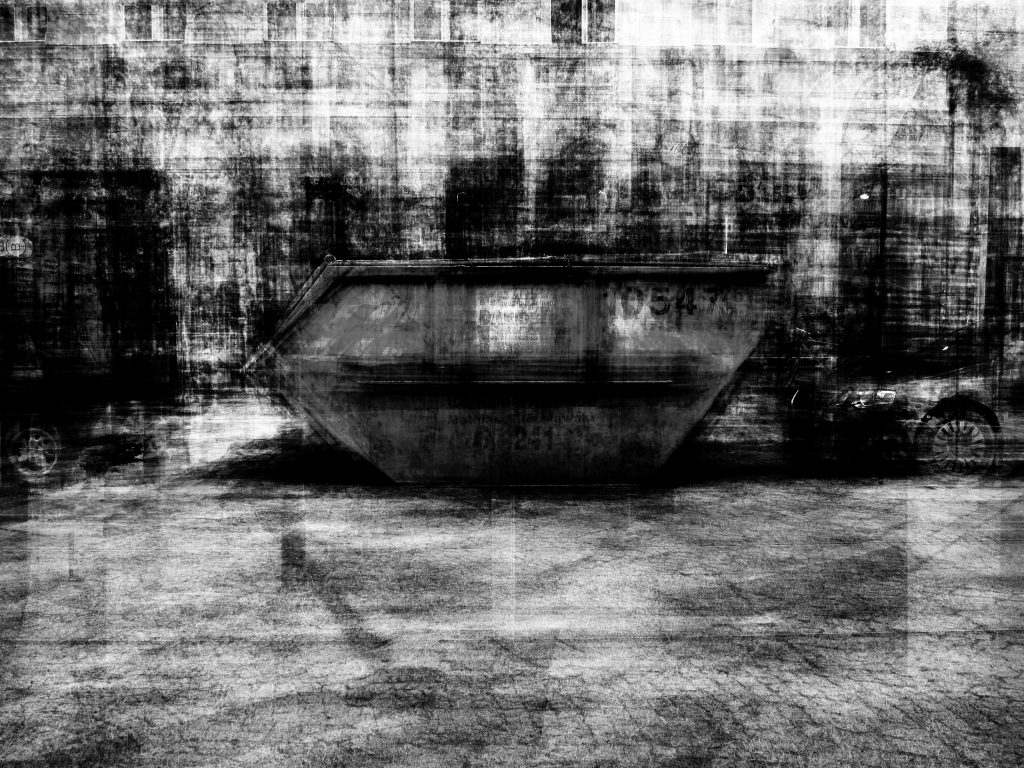
A desolate stretch of land behind the Hamburger Bahnhof; railroad tracks overgrown by tall vegetation. A building container, apparently left behind, functions as a reference to transformations either imminent or long past. In her work for this exhibition, Klara Lidén begins with isolated observations, found objects, so to speak, those encountered in the vicinity of the museum. The building container – as the artist explains in an interview – is something more than an emblem of change. For her, it is an essential symbol of Berlin – a city of open-ended potential, of continual discarding and metamorphoses. Her project for the Preis der Nationalgalerie consists, then, of a highly contradictory sculpture which is not reducible to simple explanations: a green building container, formed entirely of shrubbery and vegetation, to be planted in the courtyard of the museum for the duration of the exhibition. Its outer form is fashioned from yew trees from a tree nursery. Its inner life is the work of the artist herself: Small shrubs, especially offshoots from weeds found growing wild, which Klara Lidén discovered in the urban realm, dug up and then upgraded to the status of work of art in the precisely clipped container. No less subversive is the cinematic work which opens the exhibition in the Hamburger Bahnhof: we see the artist seated at a writing table in an austere white room, a kind of “white cube,” before she finally disappears into a trash bin before the viewer’s eyes. This incisive short film provokes, poses riddles. The grotesque qualities of Lidén’s films have been associated with the silent film aesthetic, the works of Buster Keaton for example. But our sense of bafflement goes deeper, involves an interrogation not just of the meaning of artistic existence and the mechanisms of the art market (of which art prizes are an element), but even more so of human existence as such. Everything comes to an end. What remains, as Klara Lidén makes absolutely clear, are objects: the devices and apparatuses of work, even a bushel of weeds, which occupy every culture, and in the long-term, overgrow them as well.
In his film “Never Sleep with a Strawberry in Your Mouth,” Andro Wekua conjures a kind of haunted house atmosphere. In a seaside house flooded with the light of the setting sun, human figures move in a peculiarly decelerated fashion, like marionettes or robots. Carnevalesque masks and costumes and the use of garish colors generate a surreal, fairy-tale setting. Deathly pale forms, brought to life by the piano playing of the youthful protagonist, evoke a sense of menace. The film’s architecture as well has been given an oppressive feel, and consists of a confining labyrinth of corridors and rooms. The outside penetrates this isolated world only symbolically, in the form of closed windows and lowered blinds. On the occassion of the Preis der Nationalgalerie, Andro Wekua has also created a sculpture which unites a model house and a reclining human figure by having the latter’s head vanish into the structure’s interior. As so often in Andro Wekua’s works, the associations are based on cinematic citations, and even more so on images drawn from personal memories. Wekau grew up in Sochumi, a former swank seaside paradise on the “Riviera” of the Black Sea where Stalin and Khrushchev maintained summer homes, where musicians once played white grand pianos along the vast beachfronts and where the high society of the “fraternal socialist states” gathered. The brutal civil war of 1992 – in whose wake the Wekua family too lost their land – has transformed Sochumi into a ghost town that is today cut off from both east and west. Andro Wekua: “My work is an attempt to create something that is artificially-natural – artificial figures which are somehow related to reality. Some things I can see sharply, others are perceptible only indistinctly. If someone tells me I must have acquired a specific memory by reading about it, then I’m almost prepared to believe it. These things are located along the borderline between memories and dreams – especially since they are present only as fragments.”
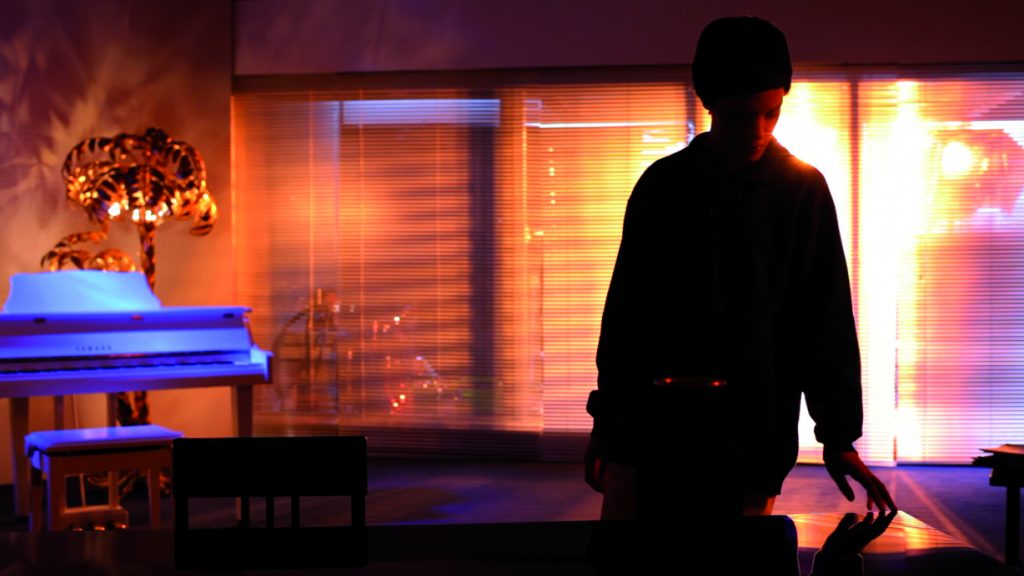
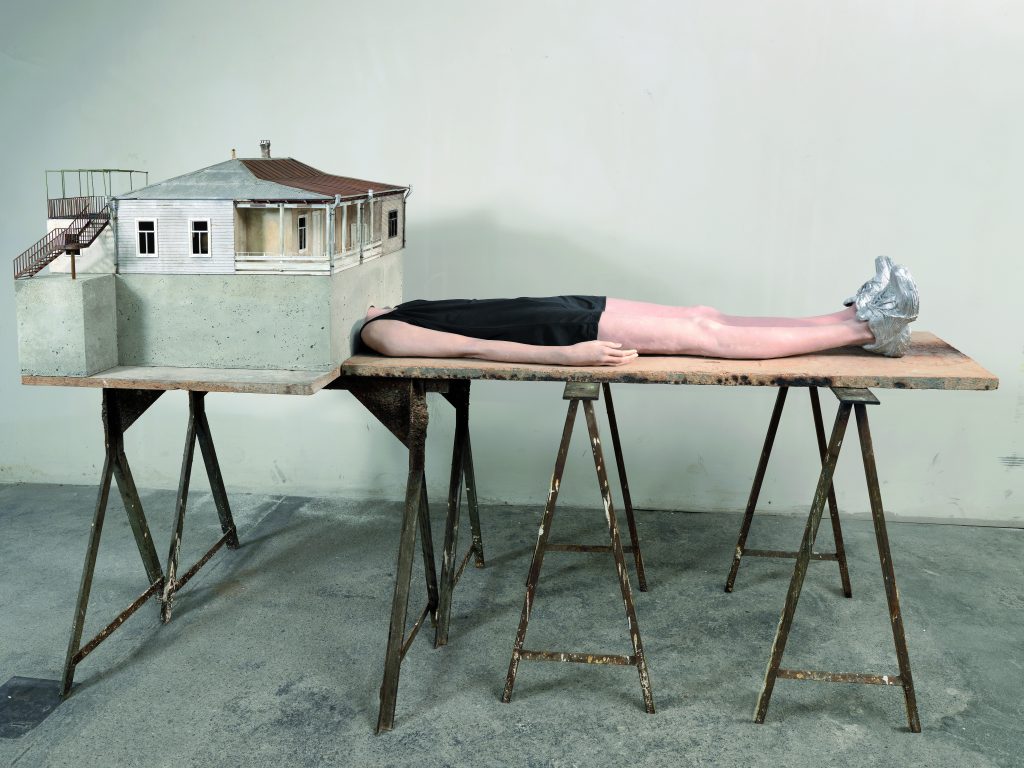
Award Winner Preis für junge Filmkunst (Award for Cinematography)
Theo Solnik with his film “Anna Pavlova lebt in Berlin”
Jury’s statement:
In his film, Theo Solnik describes the youth and party culture of post-1990 Berlin, without showing concrete events. The filmic narrative instead focuses on the fascinating figure of Anna Pavlova, a young, vital woman from Russia, who is accompanied by the camera on her constant movement through the streets, squares, and parks of the city. In her restlessness and her despairing search for just a little happiness, the main figure exudes a sense of forsakenness that on the one hand seems very authentic, and yet on the other hand is very clearly constructed. Direct contact with the camera, including dialogues with the cameraman, reveal that this purportedly documentary film shot in black and white is a conscious staging. In several ways, the levels of reality overlap with one another while the images all remain powerful. The highly emotional quality of the film is not least due to the very confident use of film technique, surprising for such a young filmmaker, with a cinematography that shifts virtuosically between a journalistic mode of portraiture and freer, more poetic forms of description. The overall aesthetic structure can be considered decisively artistic, a virtually endlessly meandering narrative of dense urban episodes that over and over again appear similar to one another.
First Jury
Mechthild Holter
Gregor Jansen
Burghart Klaußner
Chus Martínez
Christiane Meyer-Stoll
Matthias Mühling
Rein Wolfs
Second Jury
Bice Curiger
Ann Goldstein
Udo Kittelmann
Bartomeu Marí i Ribas
Britta Schmitz
